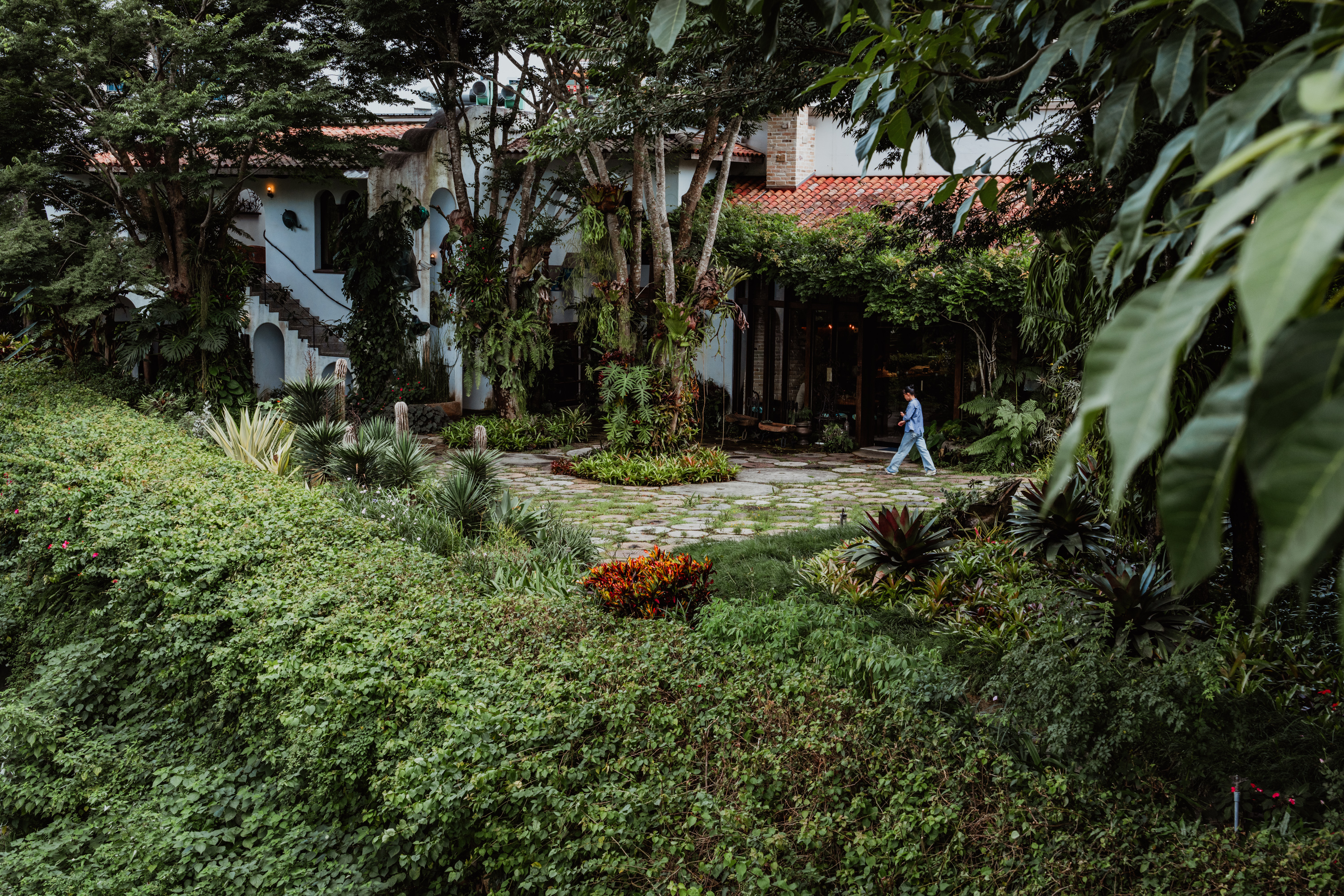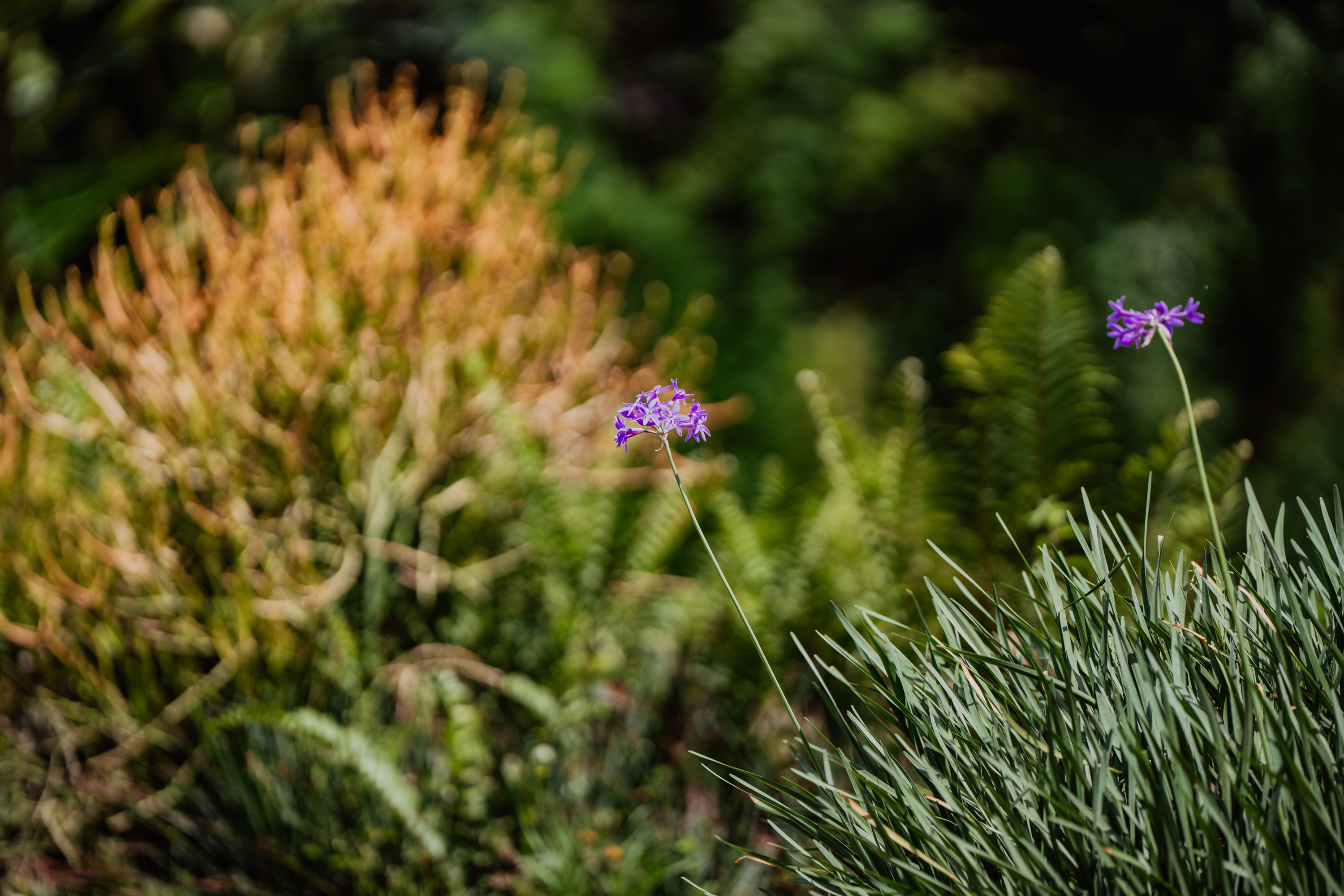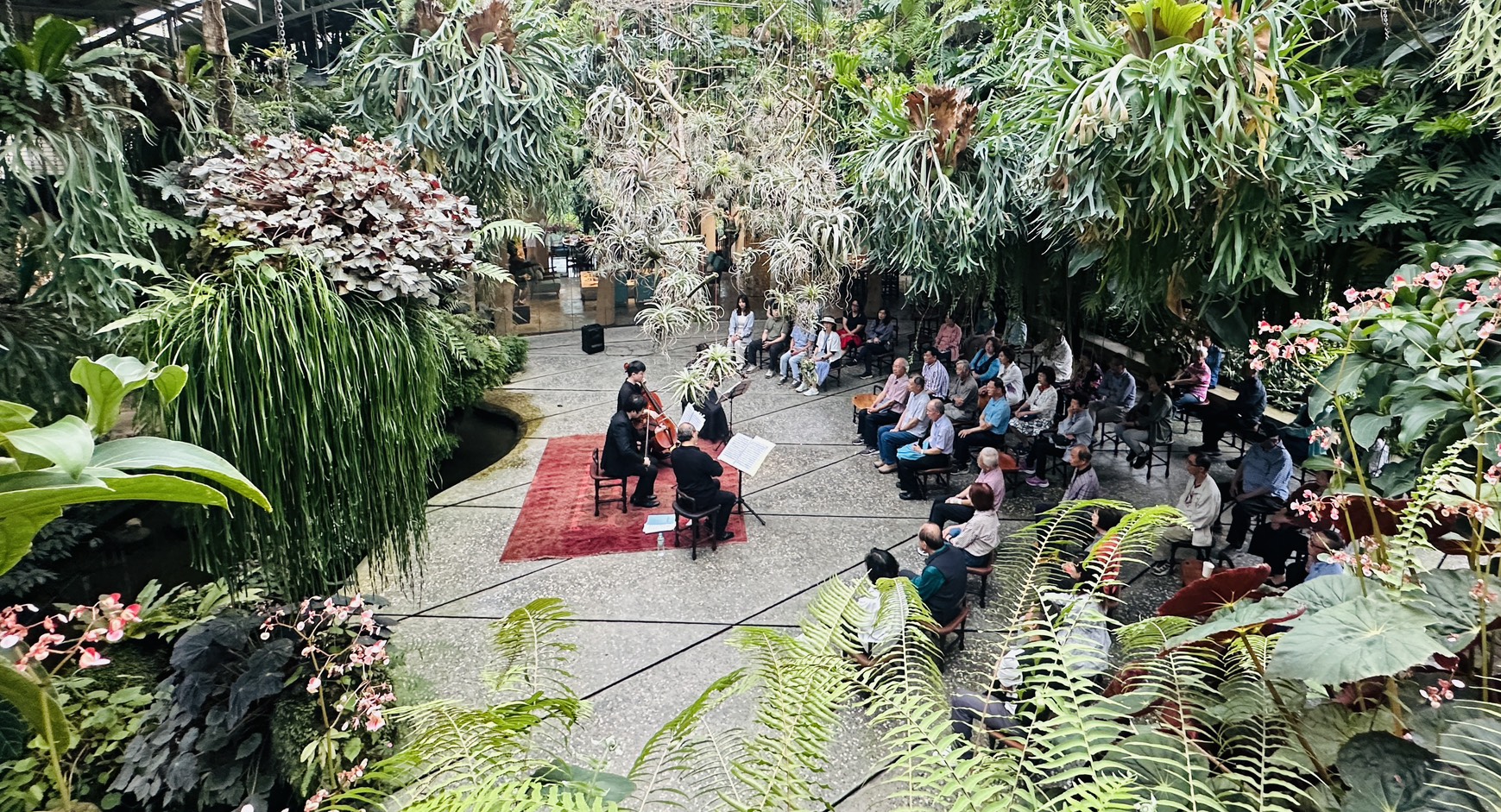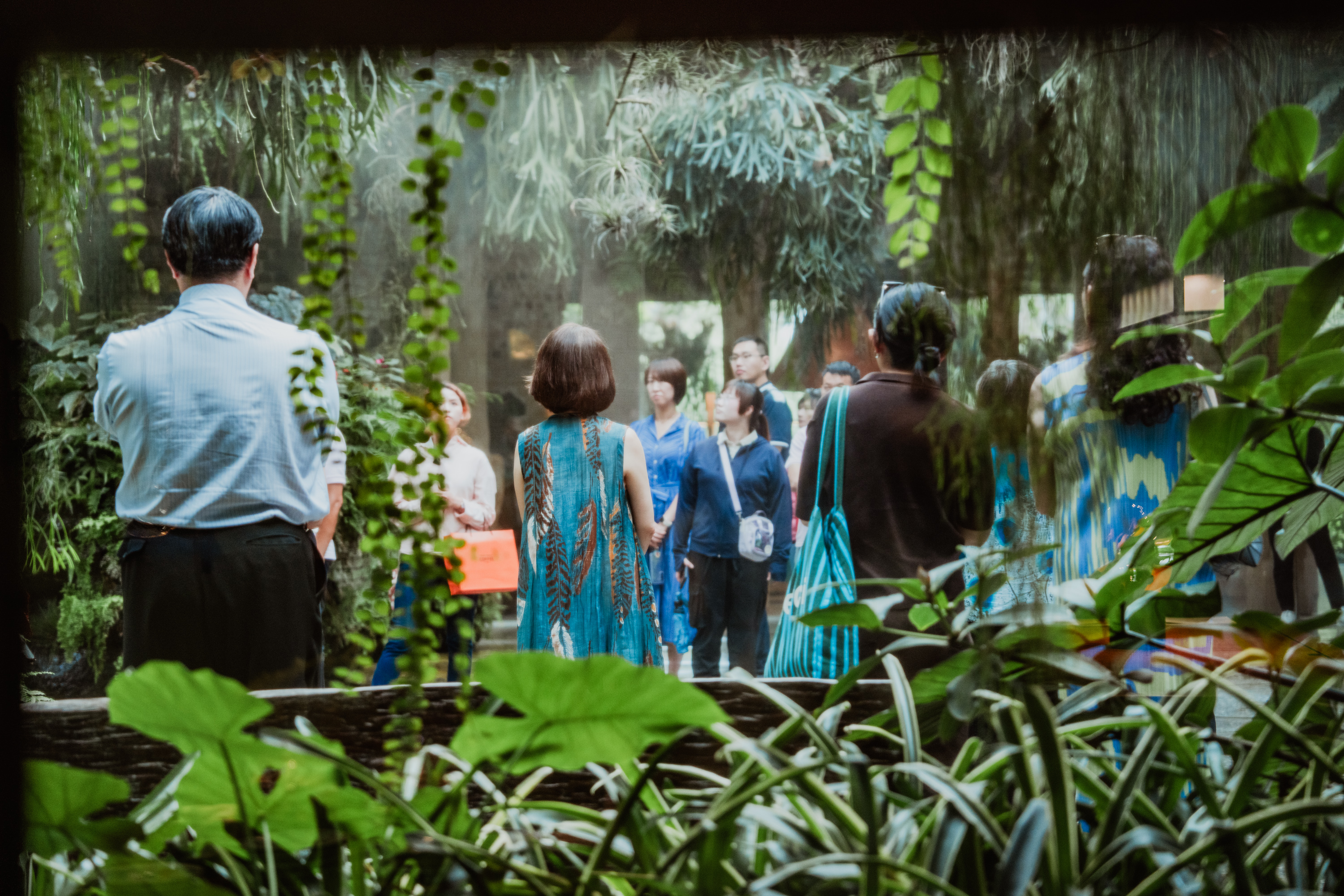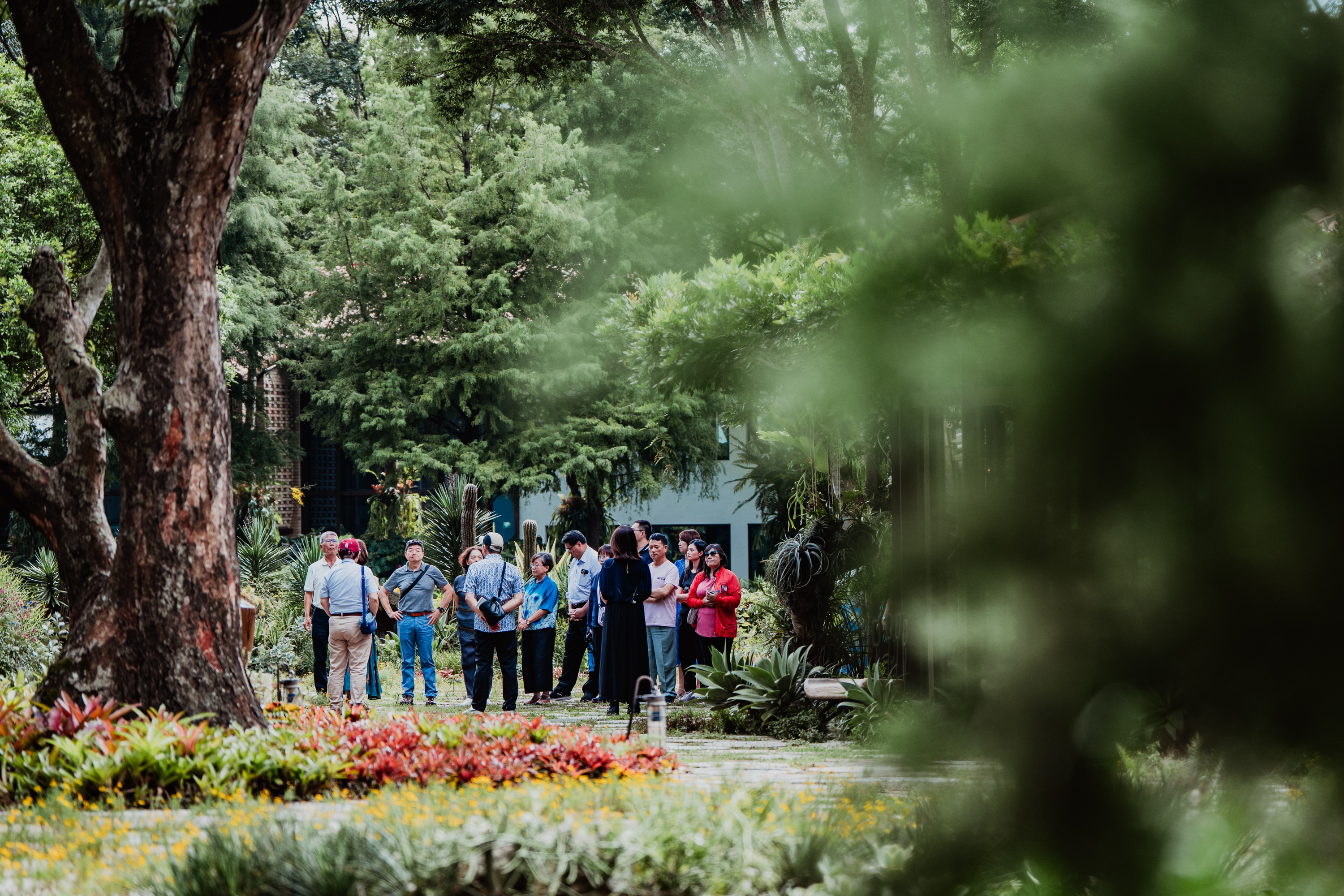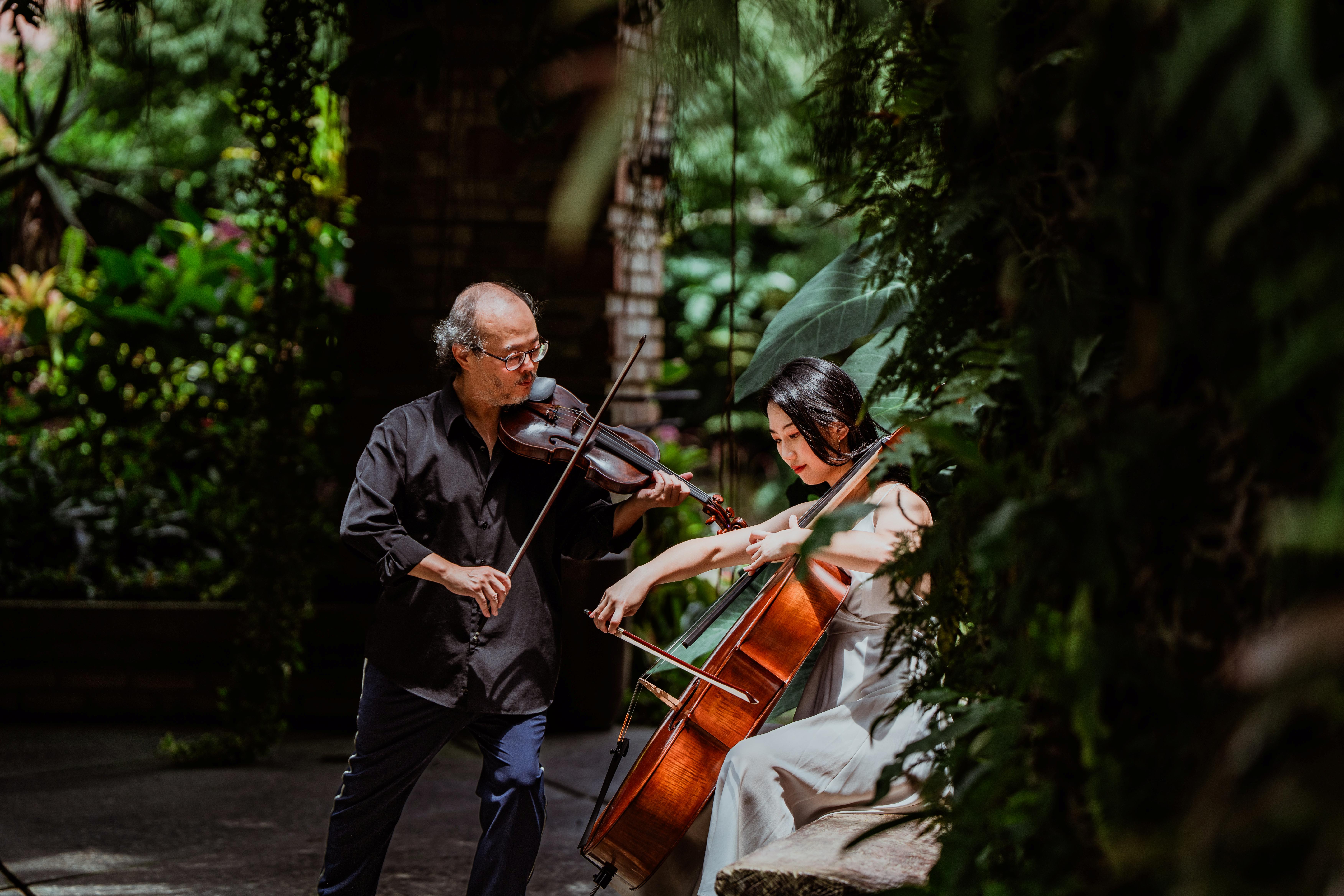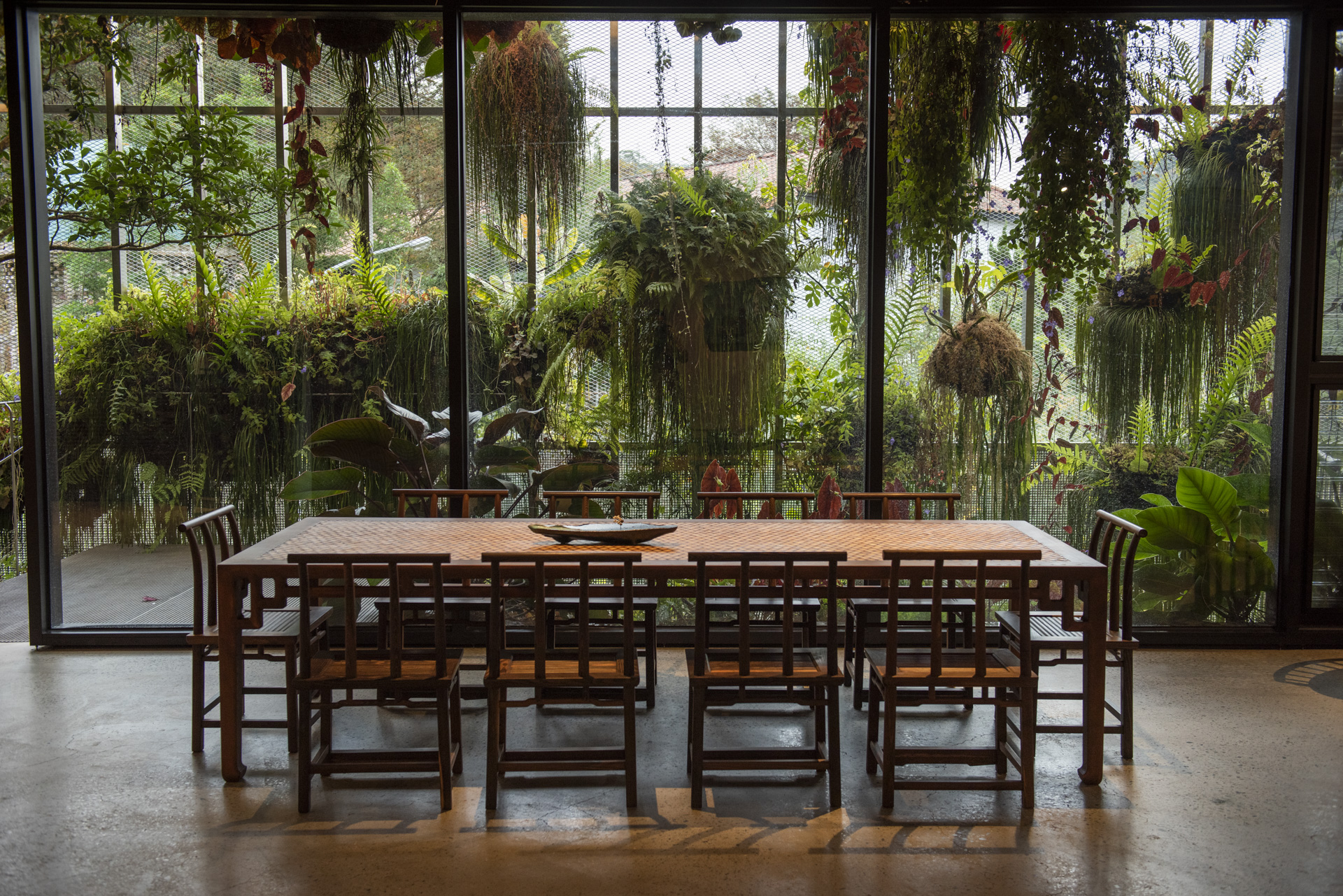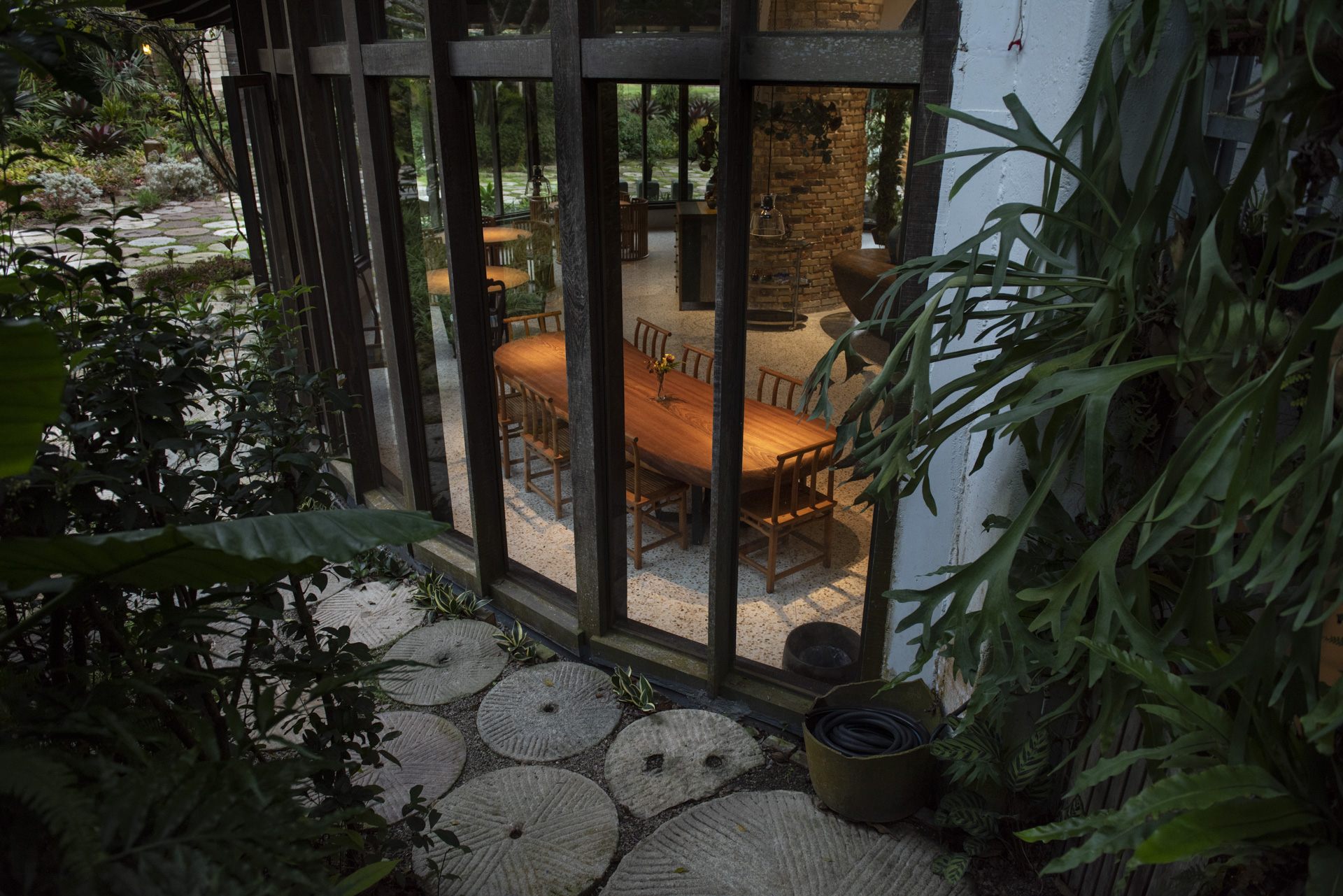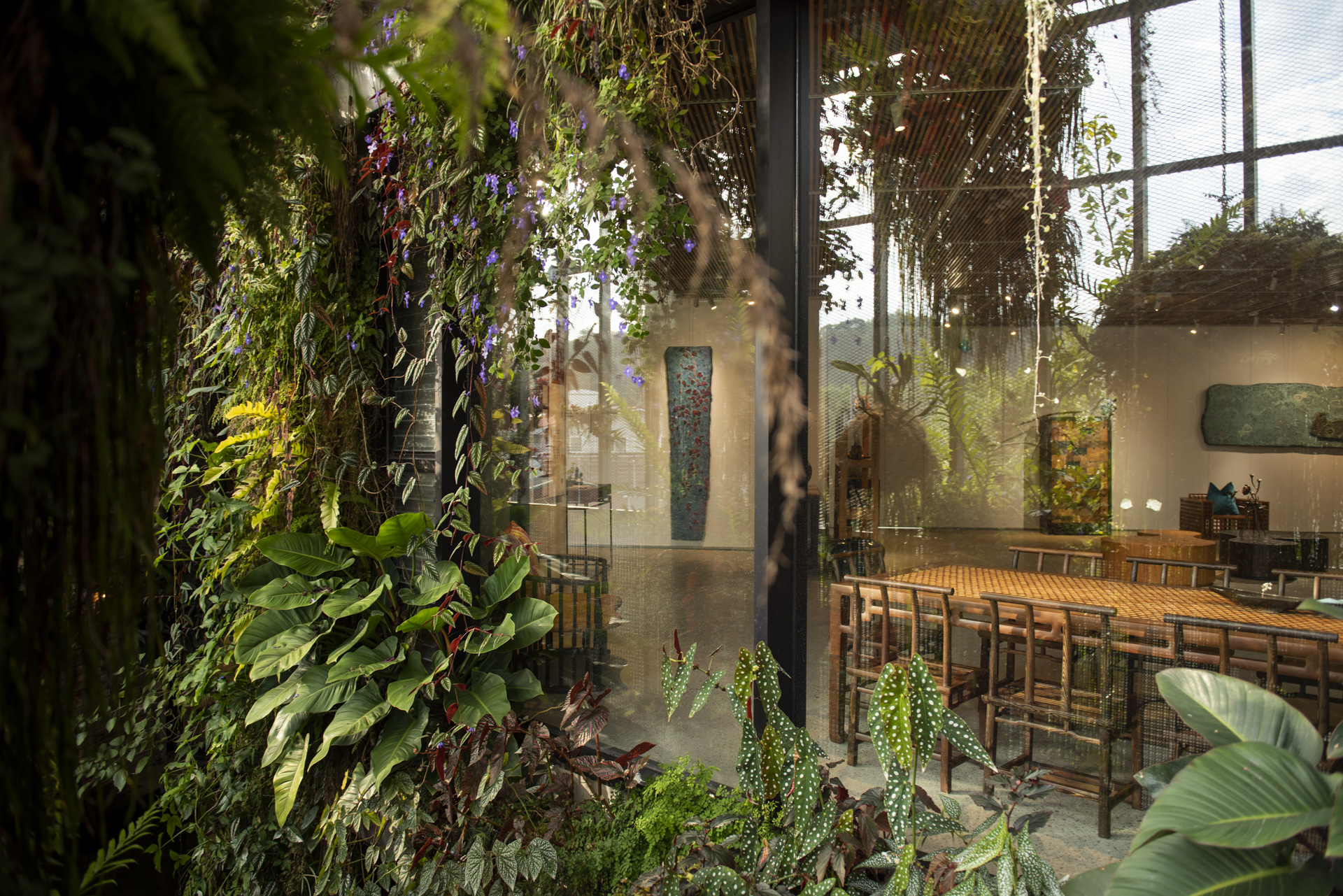【003】里山精神 | 人與自然的動態平衡
【003】里山精神——人與自然的動態平衡
這座生態植物美術館,呼應了「里山倡議」的核心理念:人與自然不是對立,而是共同塑造、彼此成全。
森林不僅是觀賞的背景,而是與人類生活共構的場域。從大樹的樹幹到枝枒,附生植物、鳥類、昆蟲,都在其中找到棲居之所;人則在這片生態詩篇裡,學會謙卑、共享與永續。
櫟莊園美術館,不是白牆與掛畫的展示空間,它的作品是會呼吸的樹木、會生長的森林、會變化的四季;一半來自設計,一半則由時間與自然完成。
這是一種「活的藝術」—隨風聲、水聲、光影而律動;隨季節與氣候而轉化。
在生態植物美術館中,美不再只是被觀看,而是被生活。 這是一種未來生活的提案:把共生變成日常,把永續轉化為美感。
在這裡,我們看到的不只是植物的成長,而是人與自然重新建立的關係。
它提醒我們,未來的藝術與建築,不只是空間的設計,而是如何在時間的長河裡,與自然共同成就。
Satoyama spirit — the dynamic balance between people and nature The Li Manor Museum embodies the essence of the Satoyama Initiative: humanity and nature are not opposites, but co-creators, completing one another. The forest is not merely a scenic backdrop, but a shared domain of life. From trunks and branches to epiphytes, birds, and insects, each finds its place. People, too, enter this ecological poem — learning humility, sharing, and sustainability. Art completed by time and nature The Li Manor Museum is not defined by white walls and framed paintings. Its artworks are breathing trees, growing forests, and changing seasons. Half is shaped by design; the other half is completed by time and nature. It is a form of “living art” — moving with the wind, water, and light; transforming with the rhythms of seasons and climate. Within the Li Manor Museum, beauty is no longer only observed — it is lived. It is a proposal for the future: to turn coexistence into daily life, and to transform sustainability into aesthetic experience. Here, we witness not just the growth of plants, but the renewal of the human–nature relationship. It reminds us that the future of art and architecture lies not only in the design of space, but in how, through the passage of time, we and nature achieve creation together.


